A conversion funnel is the journey a customer takes prior to making a purchase. The funnel for e-commerce businesses greatly differs from a traditional conversion funnel. Here are the 4 stages of the e-commerce conversion funnel and how merchants can boost conversion on their site:
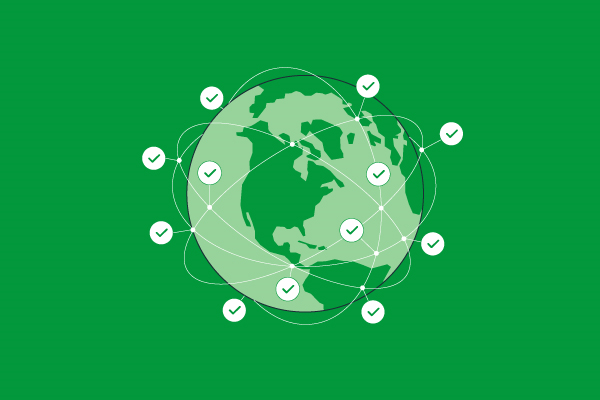


Image by Red Deer
Awareness
The customers first come in contact with the product or brand. They recognize that they have a problem and there is a solution through your product or service. During this stage, education is necessary. Free information is vital here such as blog posts, webinars and other similar content in order to spike the interests of potential customers.
Interest
Now that customers are hooked, it’s important to continue to provide value, as to keep them interested. This can be done by providing additional information which they might find useful in regards to the product or service you are providing.
Desire
Once merchants have the interest of consumers, they should strive for desire. It’s important to talk about the benefits of the product and show features and results that make customers want the same outcome by using it. A merchant should also build a call to action which urges potential customers to perform the action they want. An example of this would be, “Click the link below to learn more about our product.”
Action
It’s time to make a sale! This step should be impeccable and mastered perfectly. The entire checkout process, shopping cart and payment system must be perfected in order to ensure that customers will follow through until the end of their journey.
Building the optimal conversion funnel for e-commerce
Know the customer journey
It is vital to know the user flow of your potential customers. How do they interact with your site and its pages? What steps do they take before making a purchase? Do customers act differently when they are familiar with the product as opposed to when they first learn about it? What brings them to your site? All of this information can be gained through Google Analytics and should be utilized to make future decisions regarding the business.
Map the funnel stages to conversion
Based on the four stages of the funnel listed above, list what content you need to create in order to please potential customers. What information do they want and need in order to keep them engaged and guide them through the different stages of the funnel?
Understand when users turn into leads
For e-commerce, a lead becomes someone who hands over contact information through a contact form, which showcases that they are interested in what you are offering. A merchant should decide how they will convert them into a customer. Customers should receive customized content depending on which stage of the journey they are in.
How to boost conversion



Image by Gerd Altmann
Analyze and optimize pages
It is vital for all merchants to analyze and optimize all pages on their website. Businesses should take into account SEO, as well as user experience so that consumers find the website compelling to stay longer. This will also aid them in finding the website easier and organically.
Optimize forms
An important step for lead generation is perfected forms. Shorted forms, which get straight to the point are most successful for lead generation. Merchants must hook potential customers in with something beneficial for them such as a discount code or useful information. Forms should request only essential information.
Analyze and optimize checkout pages
In order to avoid cart abandonment, businesses should optimize checkout pages to the best of their ability. Merchants should offer as many payment options as possible, as to ensure great customer satisfaction to all their clients. The checkout process should be as simple as possible and showcase high levels of security and privacy as this is extremely important to customers.
Did you find this article useful? Make sure to visit the website to learn how it can help merchants boost conversion through outstanding payment solutions.
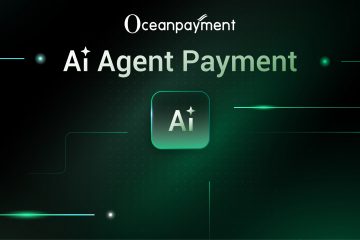

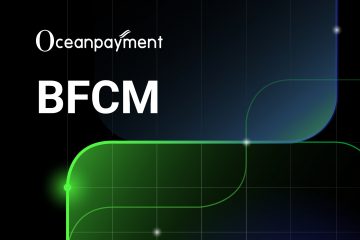

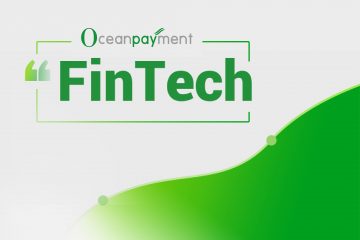

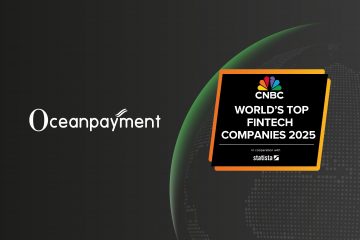





Comments are closed.